In Bookends and Bottlenecks, I explored the structure Strange Bird Immersive uses to tell stories within the chaos of an escape room. I then specifically investigated the value of an inciting incident, and then dove into what makes for a fulfilling finale. (Hint: it’s not your game master asking “Did you have fun???”)
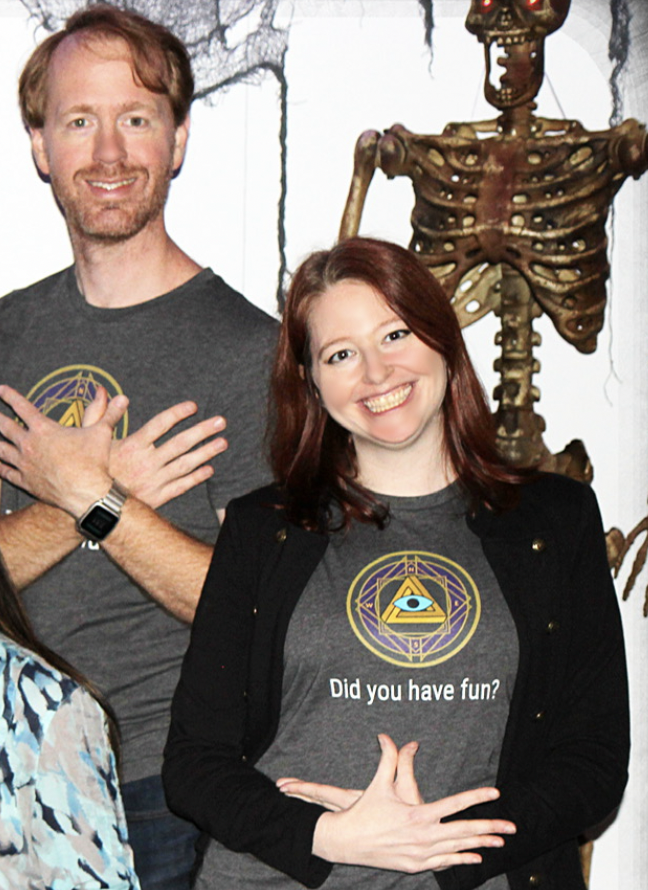
Today I’m exploring the trickiest part of the structure: bottlenecks.
Escape rooms and immersive entertainment are wild, over-stimulating experiences with so much happening all at once. That’s why we love them. Bottlenecks, however, offer moments where one and only one thing is happening, and that moment of focus offers the designer the best opportunity to deliver surprise (narrative, scenic, puzzle, or otherwise).
Defining Bottlenecks
Bottlenecks are moments in an open-style experience where nothing else can be done BUT this One Thing. The One Thing could be a puzzle, or it could be a scene.
At bottlenecks, you have the complete attention of all the players. Immersive entertainment struggles in not having control of the camera lens like a film director does, but for the length of the bottleneck, you have camera-like focus. What would you like to bring into focus?
Wait, Aren’t Bottlenecks bad?
You’ve probably heard escape room enthusiasts gripe about bottlenecks. They complain about having only one puzzle to solve, and disliked it either because: they were left out of the solve, or the solve took too long, or both. (I’m looking at you, Mayan Sudoku.) It’s a common mistake to encounter in the genre.
But a bottleneck is neither inherently good nor evil. It is a neutral tool, and its moral qualities depend entirely on how you employ it.
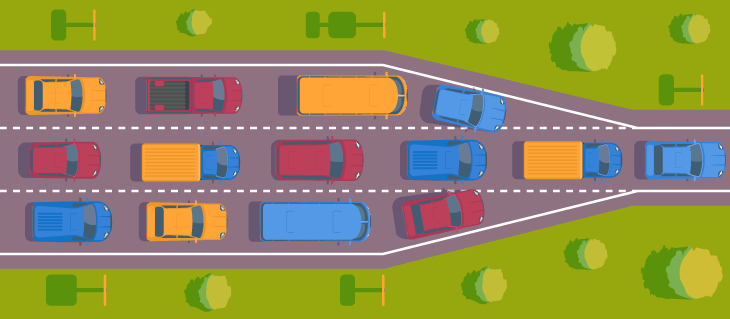
If you have a bottleneck puzzle (or what designers call a linear moment in gameplay), try to involve as many people as possible. If you do, the time to solve your bottleneck puzzle can expand. A cutscene should also engage everyone present.
If you can’t involve everyone in your bottleneck puzzle, then keep the puzzle short and simple, so people don’t begin to notice that they’re standing around while someone else tackles the puzzle.
If it’s a bottleneck scene, it should be under two minutes. A rule I’ve derived from experience: we used to have a bottleneck scene that was three minutes. Attention held much better when we cut it down by thirty seconds. It’d be even better if it were two minutes. Think of scenes at bottlenecks as cutscenes. You can’t go on for long, or the player will press X to skip.
Designing both for team engagement and time spent will reduce its villainy. And a bottleneck can be used for so much good…
Plan Your Bottlenecks
Unlike beginnings and endings, bottlenecks do not happen naturally. They are not easy to slip-in after the fact. Plan your bottlenecks as early as you can in the design process.
When you begin structuring your experience, you probably have a few surprises, wow moments, and unexpected turns in the story line. Great! That makes things memorable. You’ll want to make sure each and every one of those turns is placed properly at a bottleneck.
In an open-world experience, if an amazing moment is not at a proper bottleneck, some guests will miss it. Maybe they were pages deep into a logic puzzle across the room or even in a totally different room. And hey, not everybody gets to see every cool thing in an experience—it’s okay if some players miss anything that is nice-to-know. But it’s not okay to miss anything need-to-know. Big reveals, and especially plot twists, are must-see moments. If you do not deliberately structure the experience to have a bottleneck at that moment, you risk leaving some of your players behind.
Not properly structuring wow moments is such a common problem in the escape room industry, that on their escape room tours, Room Escape Artist made a player rule that if you suspect something really magical is about to happen once you input a solution, you call out to everyone in your team, “HEYYYY EVERYONE!!! I’M ABOUT TO ENTER THE CODE, AND I THINK SOMETHING COOOOOOL MIGHT HAPPEN!!!!” The fact that I have adopted this rule whenever I play tells you how structurally broken so many experiences are.
But I know we can get it right.
Built-In Bottlenecks
Good news is many escape rooms have built-in bottlenecks. The end of every game is a guaranteed bottleneck, so send a team off with a wow!
Games with multiple rooms also have built-in bottlenecks. Often when a team enters a new room, they have completed all the puzzles in the previous room (although not always). When they are working on the last puzzle in a room, they are at a bottleneck.
At the end of each room, I recommend…
- Create a final puzzle in the room that the other puzzles funnel into or unlock (this is often called a meta-puzzle). Make this bottleneck puzzle a memorable puzzle, and involve as many players as you can. (But make sure it doesn’t overstay its welcome).
- Reveal something magical when it’s solved.
- Have a scene, whether via live actor, video or voice-over that progresses the narrative, preferably in a surprising way. (But make sure it doesn’t overstay its welcome).
- Reveal the entrance to the next room, preferably in an epic way.
Okay, yes, this is more a wish list than a checklist, and plenty of fantastic games don’t do these things. Even Strange Bird doesn’t do all of these things. But it’d be really cool if we did.
The order of the wish list matters. Note that Event Number 3 “Cool Scene” does NOT come after Event Number 4 “New Room Revealed.” If you reverse that order…guess what you get?
A bunch of hyped-up players yelling over your epic villain escalating the stakes. I love narrative, but even I struggle to have the discipline to listen and “SHUSH!” everybody when we enter that new room. Nobody likes being shushed.
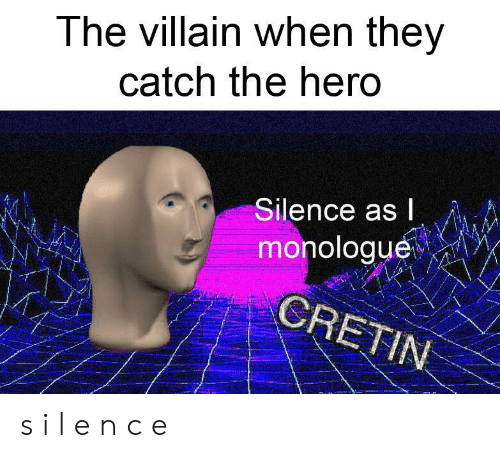
Don’t squander your moments of perfect focus by putting beats in the wrong order.
Whenever I hear escape room creators claim that players don’t care about their story, I always suspect the game is not structured so that players can follow the story.
It takes a lot of discipline to get right.
Bottlenecks within a room
You can design bottlenecks within a single room, although it’s trickier than working with room transitions.
Even if players are at a proper bottleneck, and nothing is left for them to solve, how do they know it? If a player doesn’t feel they are at a bottleneck, whether they are or not will not matter: they will keep playing.
A progress meter—whether literal or metaphoric—can be useful here. If players have been collecting things, and they know they need three of those things, and they just got the third, and they finally get to use all three things (OMG!!!)—you’ve got a great moment for a Bottleneck Wow-Surprise. When the progress meter hits 100%, players know that they have done the task, and they can safely focus on only what’s in front of them.
Linear Gameplay
Some escape rooms are structured where one puzzle leads to another, which unlocks another, etc. We call this a “linear game.” I haven’t played many purely linear games. Most games employ moments of linear gameplay and other moments of open-path gameplay, where multiple puzzles are available at once. A good mix provides a good balance.
Deploy a linear structure when you have puzzles you do not want players to miss—whether because they progress the narrative or are just ridiculously cool.
An early play test of our upcoming game Lucidity revealed that we needed to restructure a room. The room initially was fully open-path, but when play-testers argued we had both “Wow” and narratively crucial moments inside the puzzles, we restructured the room to a more linear format. Of course, that led to redesigning puzzles from 1-2 person solves to 4-person solves, since linear puzzles just aren’t fun if you’re left out.
Can you artificially create bottlenecks?
Let’s say you already have an experience but, try as you might, can’t rewrite it with proper bottlenecks (restructuring is hard, I know.)
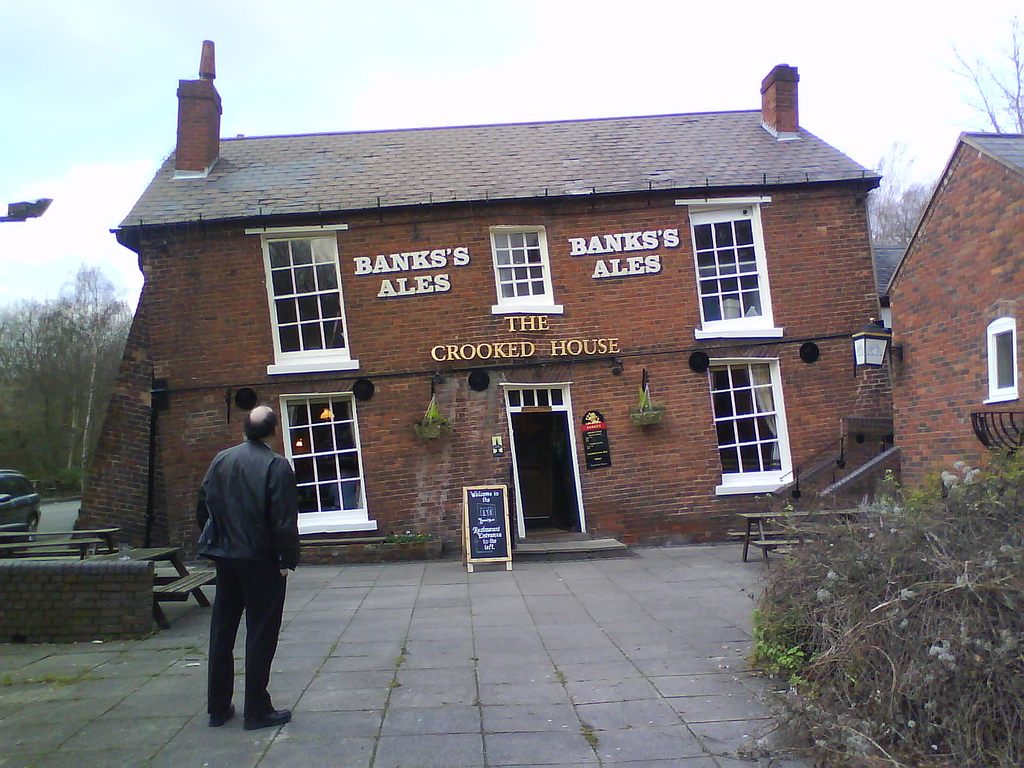
But if a bottleneck only works if players think they are at a bottleneck, can you fake a bottleneck? Yes. Yes, you can.
We ran into this problem in The Man From Beyond when we had a scene at a moment that was not a true bottleneck. Many players played over the scene.
Then we took the lights down. It didn’t work. Then we got a new dimmer pack to isolate in light the thing we wanted in focus and and then took the rest of the lights WAYYYY DOWN. It worked. Much to our surprise, lights can direct player focus. It’s not perfect, but it helps patch over a missing bottleneck. Take note that we found this only works if you are insanely aggressive with the look (if you’re pulsing an object, it needs to be seriously strong; if you’re picking out an object, literally black out everything else.) Go big with the look, and then go one step bigger.
Video is even better than lighting. If you black out a room and use a video, you can mostly claim player focus. Mostly. A handful of folks still won’t take the hint, though.
Unfortunately, we can’t report in our experiments that sound can hone player focus. It’s too easy to yell over.
Now an actor…an actor in a spotlight (thus: combined with aggressive lighting) may be able to hone attention during gameplay…but it’s still not going to be one hundred percent. It’s not an experiment I am eager to run.
And if you have a true bottleneck, video, live-actor, spotlights, and sound can also help enhance focus, so employ these tools generously.
Fake a bottleneck if you must—and we do—but at the end of the day, being interrupted while you’re exploring something else will never be as fun as all the threads coming together in a proper bottleneck.
Check your structure before you wreck your show.
Bottlenecks in immersive theatre
Immersive theatre has more wide-ranging structures than escape rooms. Some experiences are linear (like dark rides), so directing attention is easy, whereas others are fully open-world, which poses more challenges for mid-experience focus. While strong bookends are a common tool in immersive theatre, bottlenecks are rarer.
The industry’s go-to touchstone of Sleep No More has some clever near-bottlenecks. While they are not guaranteed to capture everyone like the finale does, the Banquet and the Rave typically capture every audience member at least once per show, via the magic of the sheer number of characters present at the scene. Rather than collecting interesting objects for a puzzle, they are collecting interesting people for a scene. It’s clever.
TL;DR
Games are chaotic. Bottlenecks are your besties. Bottlenecks are the best tool for creating player focus mid-experience. (Lights and video are okay, but consider them as band-aids). In an escape room, involve everyone in bottleneck puzzles, and keep bottleneck cutscenes under 2 minutes.
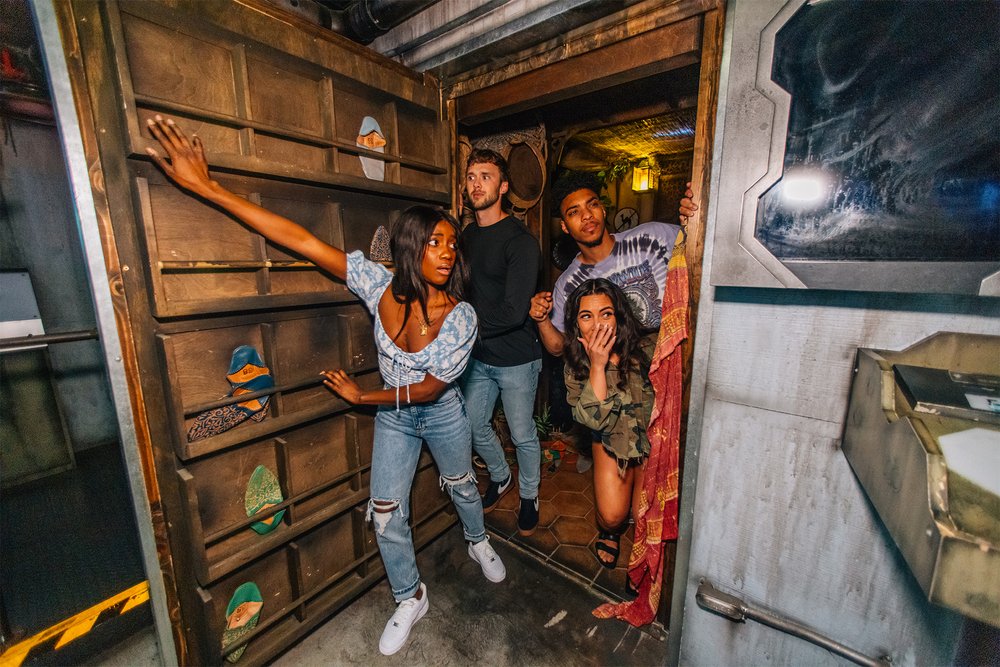
Plan bottlenecks as soon as you can in your design process, and you will get perfect attendance at your Wow-Surprise.
So…what do you want to bring into focus? I can’t wait to see it.

